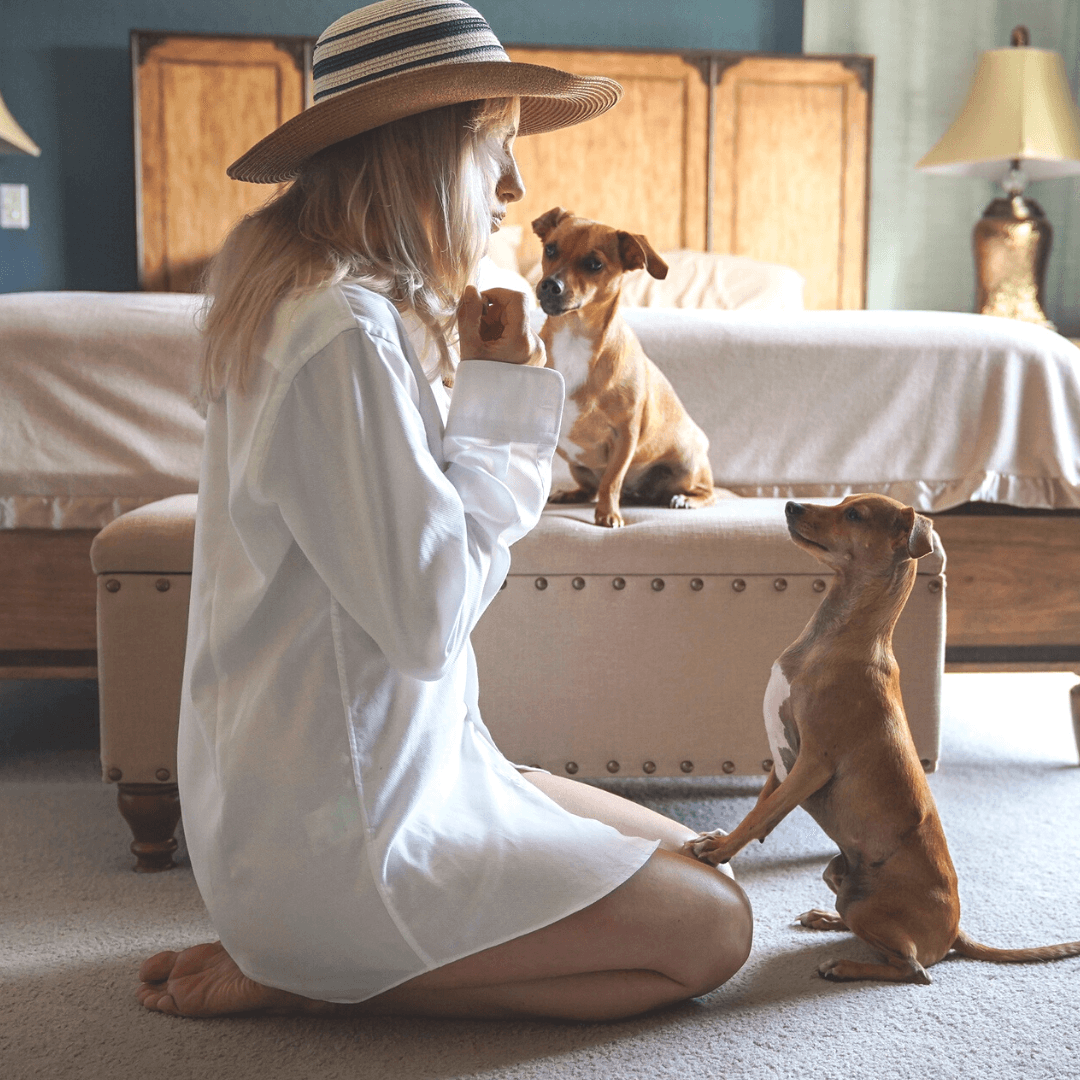Teach your dog the perfect recall
Lyndsey Durand, professional dog trainer and owner of Canine Pawtential, will in this article talk take you through how you are able to teach your dog a reliable recall. Training and maintaining a reliable recall is crucial for your dog’s safety, the safety of other people and dogs and to ensure that you can relax every day on your walks. Let's get started!
Try our delicious meals
 Lyndsey Durand
Lyndsey Durand


